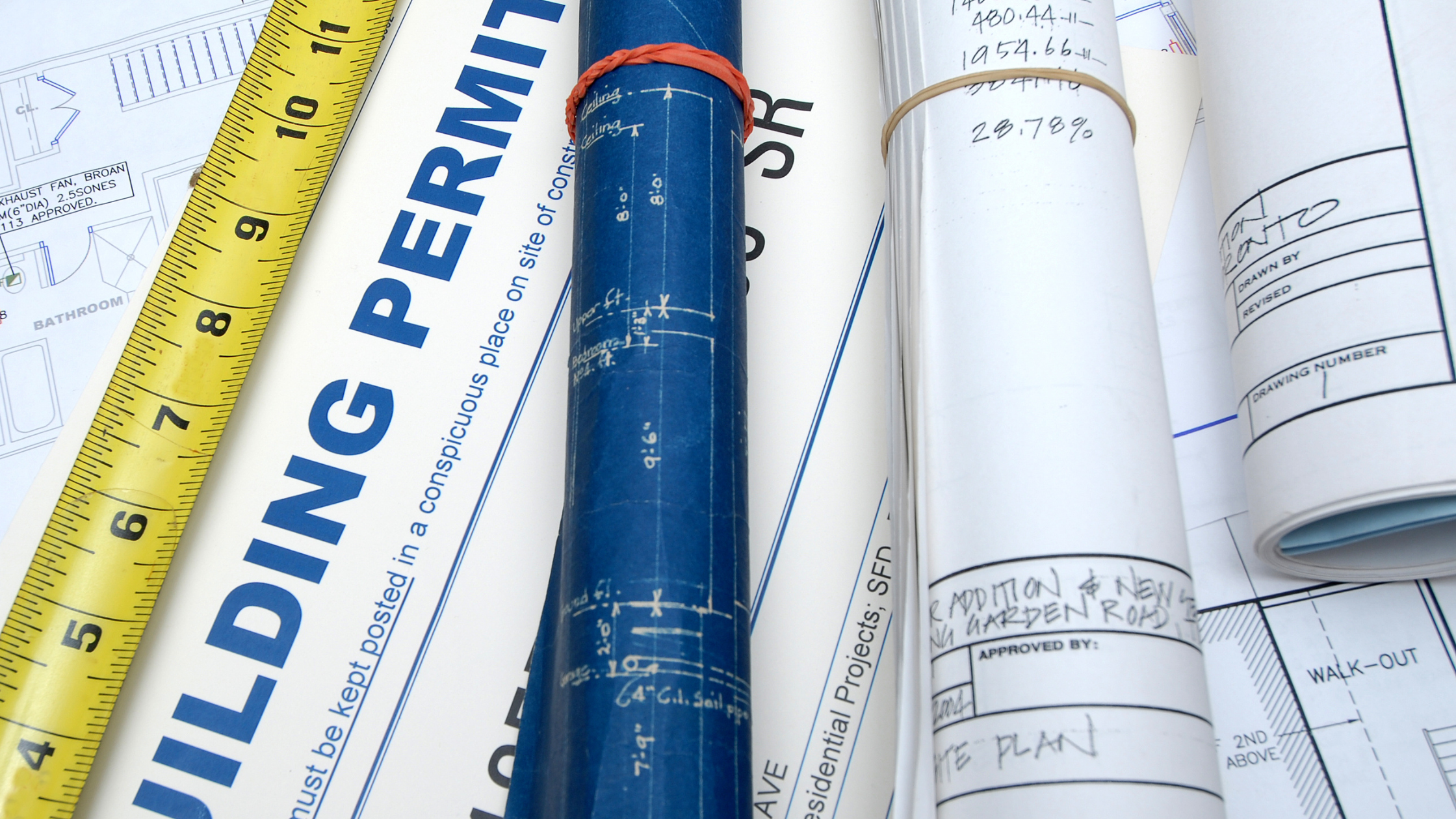How to Stay Compliant with Construction Noise Regulations in 2026
Introduction: Why Construction Noise Compliance Matters
Construction is essential for urban growth, but it’s also one of the largest contributors to urban noise pollution. Heavy machinery, demolition, and site operations can create high noise levels that impact residential areas, work environments, and overall quality of life. As communities demand quieter cities and governments tighten noise regulations, staying compliant is no longer optional — it’s a business-critical responsibility.
Heading into 2026, construction companies, contractors, and developers must be prepared for stricter decibel limits, updated permitting requirements, and enhanced real-time noise monitoring expectations.
This guide explains how to remain compliant with construction noise regulations in 2026, while maintaining project efficiency and community trust.
The State of Construction Noise Regulations in 2026
Noise laws vary globally, but the trend is clear: stricter enforcement and lower tolerance for excessive noise. In many urban areas, regulators are implementing:
- Day/night decibel limits (dBA): Lower thresholds at night to protect residential areas.
- Noise exposure standards: Maximum allowable levels for workers on-site to protect occupational health and safety.
- Noise impact assessments: Required before large construction projects begin.
- Community reporting systems: Residents can log noise complaints directly, increasing enforcement risk.
- Real-time noise monitoring: IoT-based noise monitoring equipment and sound level meters are becoming standard.
Failing to meet these standards can result in fines, project delays, or loss of permits.
Common Sources of Construction Noise
To comply with regulations, contractors must identify and control the noise sources most likely to cause violations, including:
- Heavy machinery: excavators, bulldozers, concrete mixers
- Impact noise: jackhammers, pile drivers, demolition hammers
- Ventilation systems: temporary HVAC and power equipment
- Background noise amplification: generators, compressors, and cranes operating for prolonged hours
Each of these industrial activities produces different types of sound waves — continuous, intermittent, or impulsive — all of which may exceed regulated noise levels.
Effective Noise Control Strategies for 2026
1. Engineering Solutions
- Install acoustic barriers and noise barriers around worksites.
- Use soundproofing materials and sound-absorbing panels for enclosures around equipment.
- Apply vibration dampening to reduce noise transmission.
- Upgrade to modern machinery designed with soundproofing solutions.
2. Administrative Controls
- Schedule high-noise operations during daytime hours.
- Limit prolonged exposure by rotating staff and enforcing noise exposure standards.
- Maintain equipment regularly to avoid unnecessary excessive noise.
3. Monitoring & Compliance Tools
- Deploy real-time noise monitoring systems with IoT sensors.
- Track sound levels with noise monitoring equipment and sound level meters.
- Generate compliance reports to meet local noise regulations and building codes.
Benefits of Staying Compliant
Compliance isn’t just about avoiding fines — it offers long-term benefits:
- Community trust: fewer noise complaints from surrounding areas.
- Worker well-being: healthier work environments with reduced hearing loss risks.
- Project efficiency: fewer legal or permit delays.
- Reputation: positioning your company as a leader in effective noise control and sustainable development.
Future Trends: What to Expect Beyond 2026
Noise regulations will continue to evolve. Anticipate:
- Stricter enforcement of urban noise limits.
- Expanded requirements for noise impact assessments.
- Broader adoption of real-time noise monitoring tied to local permitting.
- Increased focus on sustainability goals, tying noise control to overall environmental impact assessments.
Companies that adopt proactive noise control strategies now will be best positioned for success in 2026 and beyond.
Conclusion: Be Proactive, Not Reactive
Staying compliant with construction noise regulations in 2026 requires a mix of engineering controls, monitoring technology, and community engagement. By taking proactive steps — from installing acoustic barriers to deploying real-time monitoring systems — construction leaders can avoid penalties, protect communities, and deliver projects more responsibly.
Urban Solution Group plays a vital role in helping contractors and developers achieve effective noise control in urban environments. With the right strategies, 2026 doesn’t have to be a compliance challenge — it can be an opportunity to build smarter, quieter, and more sustainable cities.
Other Articles

Comparing Noise Barriers: Mitigation Walls vs. Sound Walls vs. Temporary Barriers | Urban Solution Group
Not all noise barriers are the same. Compare mitigation walls, sound walls, and temporary barriers — and learn how Urban Solution Group helps with compliance.
.png)
Environmental Compliance Checklist: Avoiding Costly Mistakes in Urban Projects | Urban Solution Group
Avoid costly permitting delays in urban projects. Use this environmental compliance checklist covering land use, air quality, and construction compliance.

Why Do Compliance Delays Happen? How to Prevent Them in City Permitting | Urban Solution Group
Compliance delays cost projects time and money. Learn why they happen in city permitting and how Urban Solution Group prevents setbacks with proven strategies.
